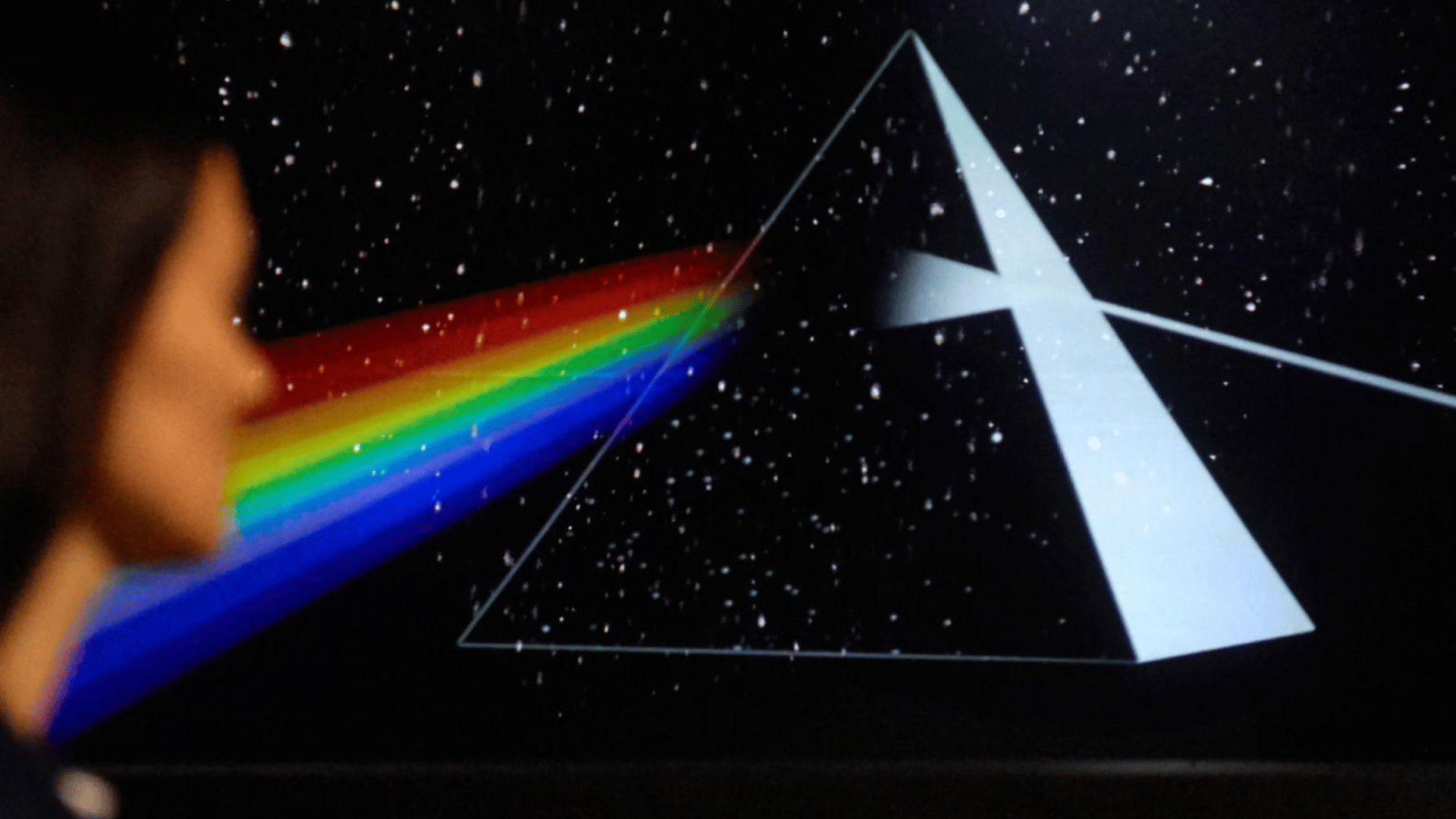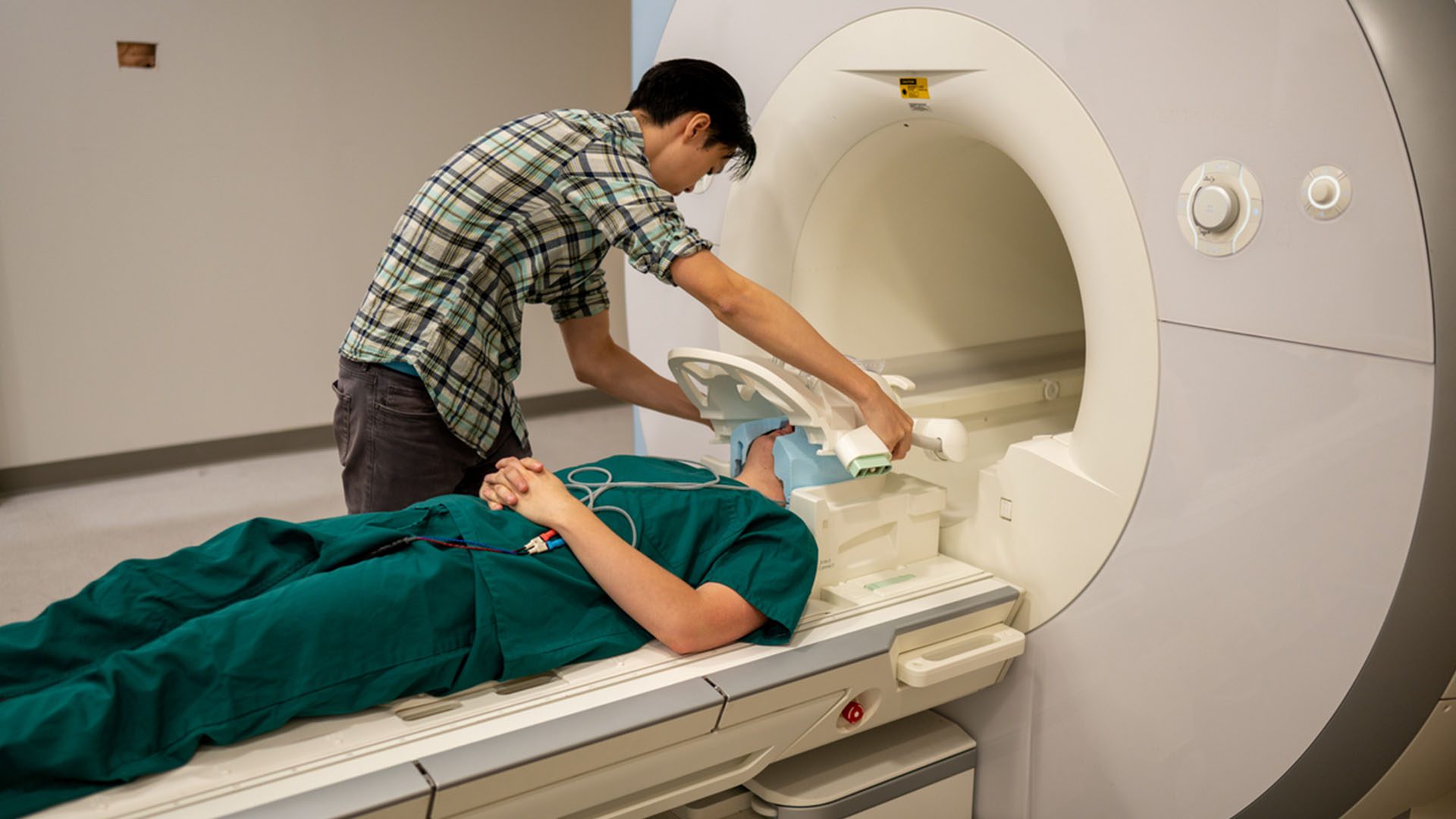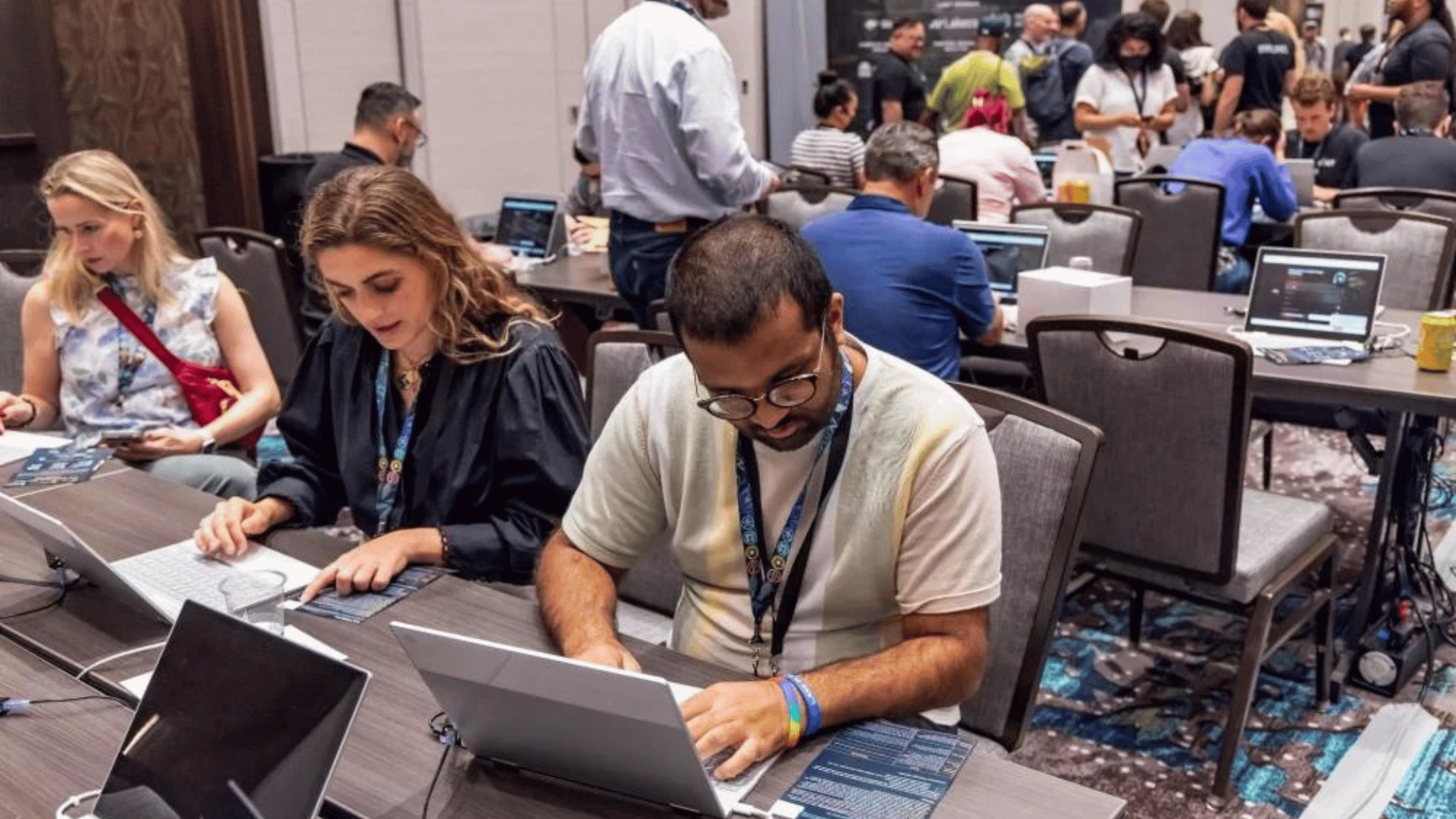A new Swedish study suggests that artificial intelligence can safely read breast cancer screening images. Led by a team at Lund University, researchers found that computer-aided detection could spot cancer at a “similar rate” to two radiologists. More research is required, however, to fully determine whether AI could be used in screening programs.
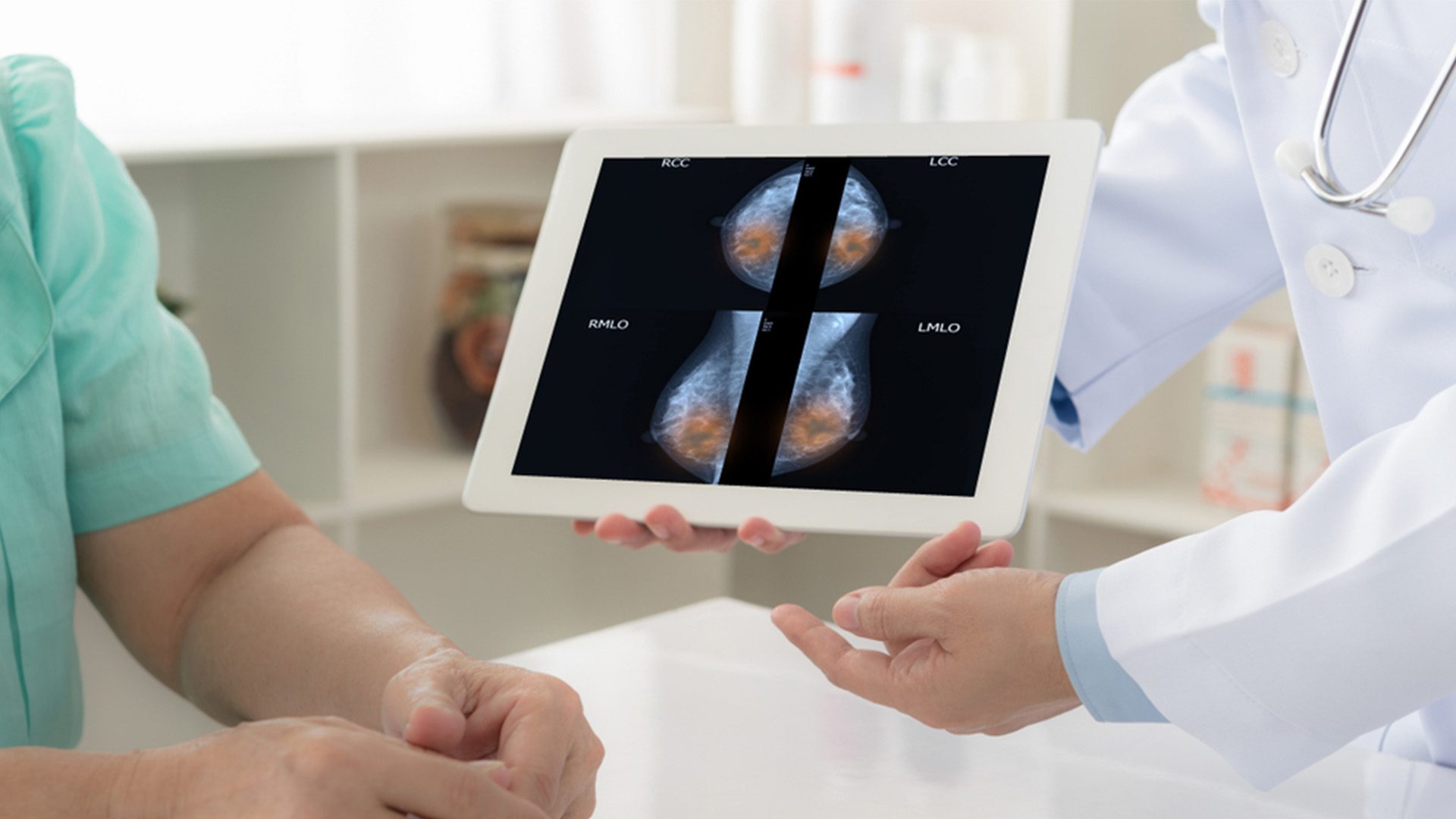
According to the World Health Organization, breast cancer is the most prevalent cancer globally with more than 2.3 million women developing the disease every year.
This is not the first study examining the use of AI to diagnose breast cancer in mammograms. Previous research has looked retrospectively where the technology assesses scans that have already been looked at by doctors.
This research study, however, saw AI-supported screening put head-to-head with “standard care” or scans examined by radiologists. Published in Lancet Oncology, the study involved more than 80,000 women from Sweden at an average age of 54.
Half of the scans in the study were assessed by two radiologists and the other half were assessed by the AI-supported screening tool. The AI-assessed scans were then followed by an interpretation by one or two radiologists.
The “AI-supported analysis” involved an AI system reviewing the images of the mammogram and giving the images a score from 0-10. The image score was then reviewed by a radiologist (or two radiologists if the score was 10, the highest risk score).
At the end of the study, 244 women (28%) were found to have cancer using the AI-supported screening tool, and 203 (25%) women were found to have cancer through the standard screening process.
Notably, the use of AI did not generate more “false positives” or a scan that is incorrectly diagnosed as abnormal. The false-positive rate was 1.5% in both the AI group and the radiologist-assessed group.
There were 36,886 fewer screen readings by radiologists in the AI group compared with the group receiving standard care, resulting in a 44% reduction in the screen readings workload of radiologists according to the authors of the study.
Dr. Kristina Lang, lead author of the study, stated that AI has the potential to be deployed in breast cancer screening to help address the shortages of radiologists faced globally. She also stated, however, that more research will be required in order to assess the technology’s potential and cost-effectiveness.
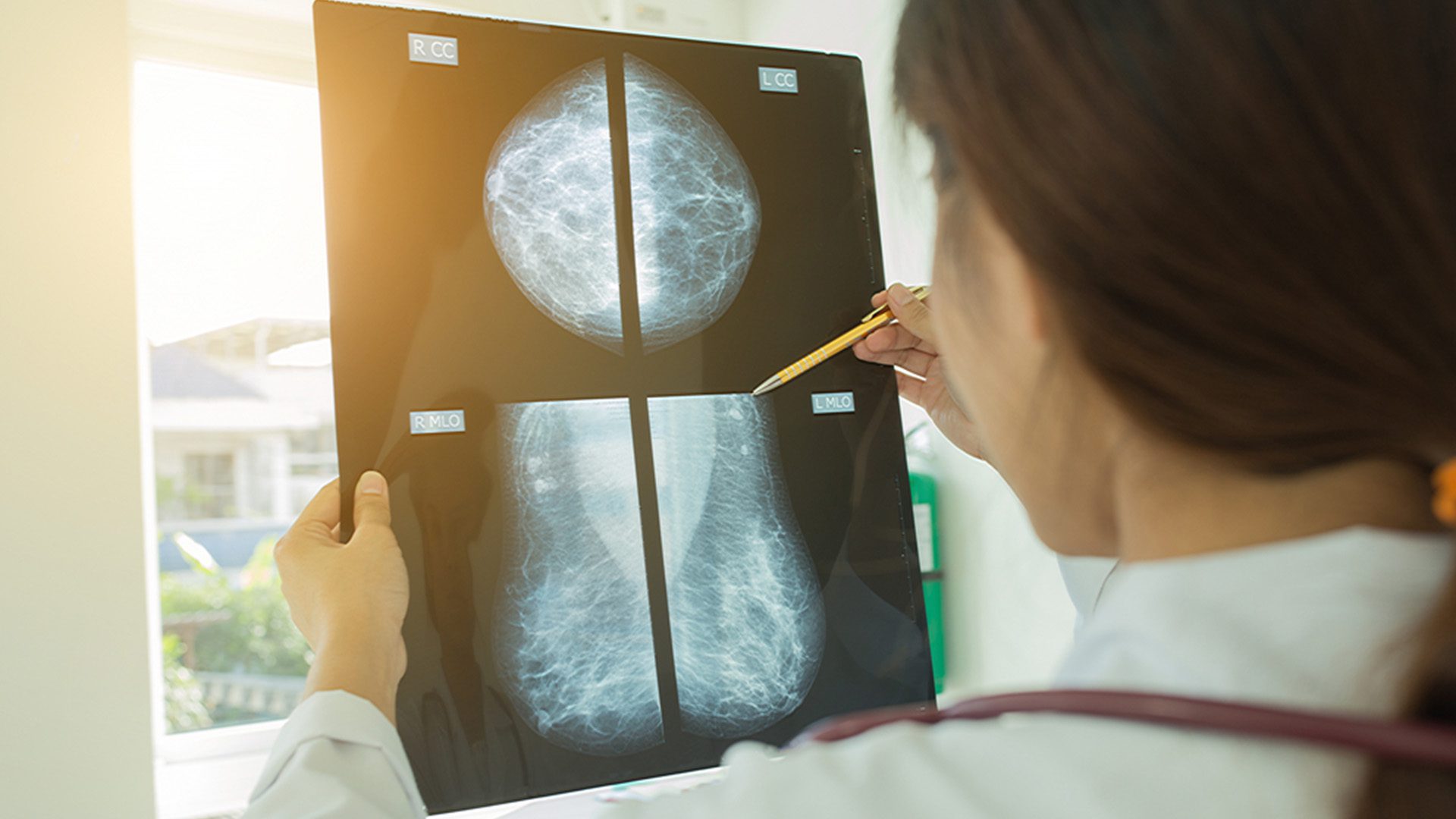
“The greatest potential of AI right now is that it could allow radiologists to be less burdened by the excessive amount of reading. While our AI-supported screening system requires at least one radiologist in charge of detection, it could potentially do away with the need for double reading of the majority of mammograms, easing the pressure on workloads and enabling radiologists to focus on more advanced diagnostics while shortening waiting times for patients.”
Dr. Katharine Halliday, president of the Royal College of Radiologists, added: “AI holds huge promise and could save clinicians time by maximizing our efficiency, supporting our decision-making, and helping identify and prioritize the most urgent cases.
“There is a great deal of research interest in how AI could support reporting for mammograms because they are complex, requiring significant oversight and interpretation by clinical radiologists. The UK’s shortfall in radiologists, at 29%, makes this challenging.
“While real-life clinical radiologists are essential and irreplaceable, a clinical radiologist with the data, insight, and accuracy of AI will increasingly be a formidable force in patient care.”



